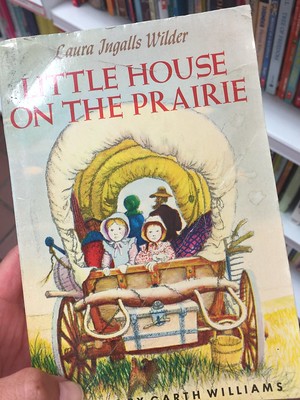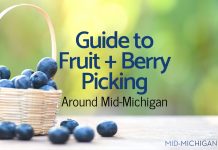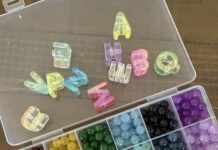Homesteading – this may or may not be gaining traction as a buzzword these days. Especially after the world went into lockdown and suddenly everyone decided to start growing and preserving their own food.
But what does homesteading actually mean?
While homesteading has had various definitions through the years, it’s currently most focused on someone’s endeavor to be self-sufficient. This is a pretty general definition, which is great because it can mean different things to different people. You don’t have to own a bunch of land or property to homestead. You don’t have to be an expert at everything!
When I think of homesteading, I initially think back to the Little House on the Prairie days. Days when a household made pretty much everything it needed – clothes, furniture, leather goods, canned goods, soaps, etc. Now I know almost nothing about doing any of these things. Through time, growth, and convenience, we’ve lost these skills.
 I spend my days on the farm, raising animals, making meals to feed any and everyone who lends a hand to the work, scrubbing the dirt from under my kiddo’s fingers at the end of the day. So it felt natural for me to start to explore this concept of homesteading more.
I spend my days on the farm, raising animals, making meals to feed any and everyone who lends a hand to the work, scrubbing the dirt from under my kiddo’s fingers at the end of the day. So it felt natural for me to start to explore this concept of homesteading more.
It’s easy to start looking and feel overwhelmed immediately. But that’s what I love about the modern definition of homesteading, because it can literally mean something different for every person.
So here are some homesteading tips as an amateur and still learning homesteader on ways to get started:
- Start by thinking about what’s important to you and your family. Make a list if that helps {for all my type-A’s out there}. PICK ONE THING! Start with one, not all, and move on from there. For us, it was food. Our family loves spending time making and eating food together, so food was a really important category. But it’s still pretty broad, so we broke it out further from there.
- If gardening intimidates you, start with something small. Grow a tomato plant. Grow herbs on your windowsill. Or visit your local farmer’s market and find a vendor you like and can ask questions of.
- Get social. There are social media groups out there for just about anything, but there are specifically homesteader pages where you can ask or get ideas from a wide range of other homesteaders. If you’re limiting your social media, there are YouTube channels for just about any skill you might be interested in. My mother-in-law is learning to quilt through a combined effort of YouTube videos and a local quilting group.
- Talking to and finding others in your area to bounce ideas off of is huge! When I was looking for a marinara recipe for canning my tomatoes this summer, I went to a friend who I knew canned and tried her recipe. When I had questions about the difference between a pressure cooker and pressure canner, I asked my aunt who has been canning for years {and yes, there IS a difference}.

I’m still learning, and I’ve made many mistakes. But any skill has to be honed over time.
The sense of pride and accomplishment that I feel when I sit down to dinner with my family and realize that the majority of the meal is something I raised, grew and/or canned is worth the effort for me.
So for good measure, here is my first and favorite food homesteading tip: Homemade broth. I use a ton of chicken or vegetable broth. I make up a batch every couple of months. Throughout the months, I save scraps to make it. When I make bone-in chicken, I save the bones in a bag or container in the fridge. I usually pick a big bowl and once it gets full I make a batch of broth.
When I cook with garlic or onions, I save the skins and the ends {sometimes I do this with potatoes too}. I save the ends of carrots, peppers, celery, broccoli, basically any vegetable I think would be good in broth. When I’m ready to make a batch, I throw all of this into a pressure cooker, add a bunch of seasonings to fit our tastes, water, and then I follow my pressure cooker instructions. You could also use an Instapot.
You may have to play with your water ratio, seasonings, and time in the pressure cooker to get it how you like. But once you do, jot a few notes about it so you can follow those every time. I pour the broth into plastic containers {honestly I use empty deli meat containers I wash and reuse} and freeze them. These are usually the perfect portion size I need for cooking.
Are you a homesteader? Share your skills with us!















